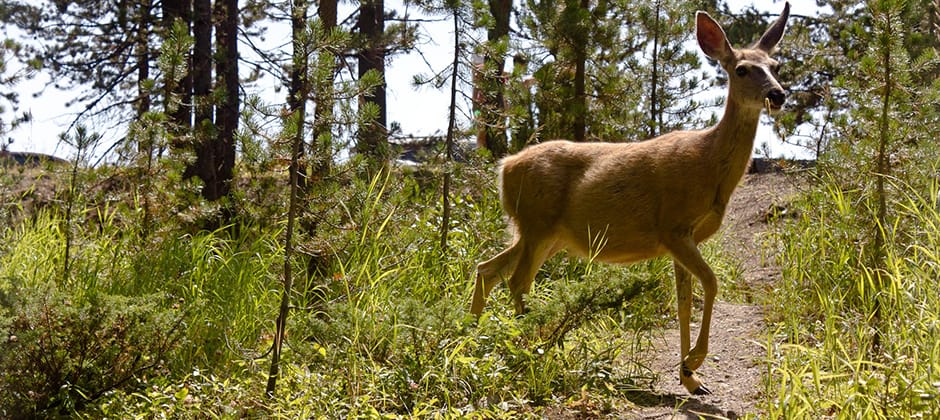Share this article
New database tracks coronavirus in wildlife
A new database provides researchers a central place to see what species have been infected with the virus that causes COVID-19 in humans.
This information can be useful for scientists to keep up to date with which species have been infected with SARS-CoV-2 and watch for potential spillovers of the virus back into humans.
“Within a few months, it was pretty clear that this coronavirus is really generalist, like many coronaviruses,” said Chris Walzer, the executive director of health at the Wildlife Conservation Society. “It’s able to bind to the ACE2 receptor, and there are many species that potentially could be infected.”
Walzer had been working on SARS-CoV-2 in animals early on in the pandemic when he first heard of a dog reported to have the virus. Then came reports about cats. Soon, more and more animals—domestic and wild—were testing positive. “We tried really hard to keep track of what was going on,” he said.
But he found it difficult. Every time he and his colleagues wrote an update on a new species with SARS-CoV-2, they’d hear of others that tested positive, too. As the incidents continued to rise, he decided that the best way for scientists to stay current was to have a dynamic dataset that could grow as new incidences occurred worldwide.
The new database he and his colleagues created lists over 700 incidences involving more than two dozen animal species around the world, including white-tailed deer (Odocoileus virginianus) and American mink (Neovison vison). They presented it in a paper published in Nature.
To develop the dataset, Walzer and his team used publically available systems, including ProMED and the World Organization of Animal Health to scan published reports of wildlife infected with SARS-CoV-2. Their database includes fatality rates, clinical symptoms and other data that could help wildlife professionals understand how the virus affects animals. The systems has some biases, Walzer said. Since most testing involves sick animals, fatality rates may be high. Some species get more attention than others. Some countries report more frequently than others. And some don’t report at all.
Those differences point to the difficulties of implementing a One Health approach, a holistic approach that takes into account the health of humans, wildlife and ecosystems Walzer said. “Wildlife disease and wildlife pathogen reporting is really fragmented, highly biased, and absolutely not up to the task to implement One Health strategies,” he said. “It goes way beyond SARS-CoV-2.”
This will add onto the wildlife layer of the One Health approach, Walzer said. “We have to harmonize data sharing and make data available in a format that can be used,” he said. He stresses also that data should follow the “FAIR” criteria—findable, accessible, interoperable and reusable.
He hopes that people continue testing animals for the virus as well as other viruses. He also stresses the importance of sharing this information across sectors. “You have to have the data structured in such a way that it makes sense and so someone can actually act on it,” he said.
Header Image: We ran into this little guy while hiking down Uncle Tom's trail in Yellowstone National Park. The deer was comfortably chowing down its dinner when we saw it, and before we knew it the deer was surrounded by Yellowstone's tourists. I think he was a little freaked out, and immediately ran away.








